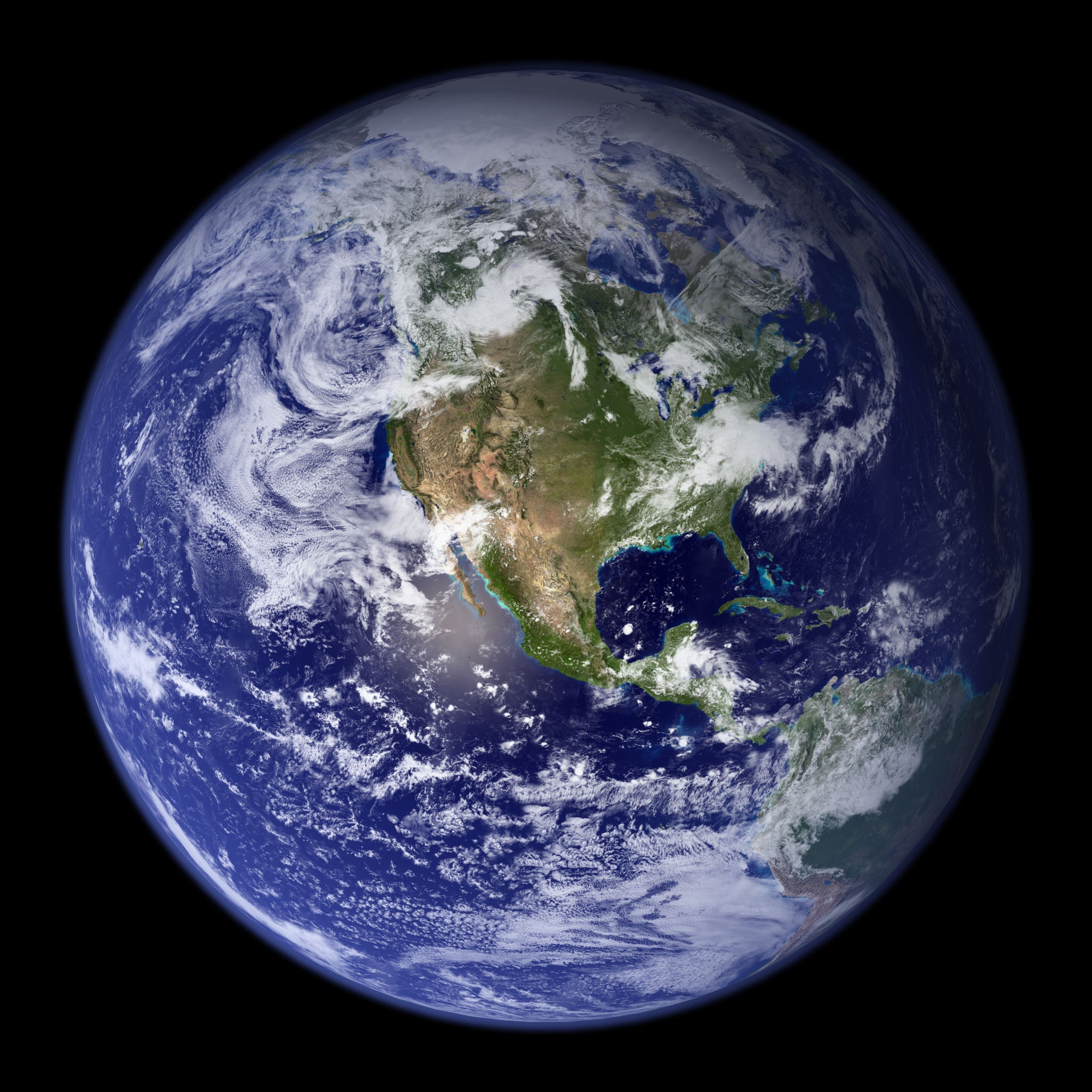
Walking and driving around through our everyday lives, we tend to think of life on Earth as a static proposal. Rarely do people look up and think of the big universe that exists around us. We do live in an expanding, evolving cosmos, and the universe is a very big place, our planet an almost infinitesimally small part of it. Whether we’re aware of them or not, many factors are at play in our solar system and beyond.
Life on Earth originated around 4 billion years ago, and complex creatures like us (I know; insert jokes here) have been around only for a few hundred thousand years. But life on Earth is a temporary activity — it will not go on forever. On one hand, many cosmic dangers exist that could threaten life on Earth. There are no eerie forces out there to magically protect us — the universe doesn’t care, and if something snuffs us out, well, those are the cosmic breaks.
A large asteroid, or cometary nuclei hits Earth
The dangers are many. Hollywood has drawn on some of them to make a series of mostly terrible movies. First and foremost are small bodies in the solar system. More than a million are known, and the ones that usually concern planetary scientists are so-called near-Earth objects, whose orbits carry them inside the orbit of Mars. More than 32,000 asteroids are known in this category, and some 120 comets. Fortunately, none is large enough to equal the killing power of the K-Pg Impact, the catastrophic event 66 million years ago that wiped out the dinosaurs. Such an impact from an object 10 km or larger in diameter could be a civilization killer. However, other large asteroids or cometary nuclei could approach us and collide with Earth from the distant solar system and beyond.
Supernovas, gamma-ray bursts, or geomagnetic storms strike Earth

Other cosmic dangers exist. How about a relatively nearby supernova, that would strike our planet with intense, sterilizing radiation? Similarly, a relatively close gamma-ray burst could spell the end of life on our planet. Less likely risks could come from antimatter or a very low-mass black hole passing into our domain. Unlikely, but hypothetically possible. But dangers also lurk very close to home. What about an incredibly powerful geomagnetic storm or a huge coronal mass ejection from the Sun, the very thing that gives us energy to enable life in the first place? Other risks are out there too.
The evolution of the Sun and what it means for Earth
Cataclysmic events aside, we can now understand the timescale of the end of living things on Earth. You see, the Sun not only the source of our energy on Earth, and a rather middleweight, main sequence star, but it is also a variable star. Very slowly, over time, its bolometric magnitude — the overall amount of energy it emits — is increasing.
The study of how long life on Earth will last, given the Sun’s variability, has been an active area of research for a generation. An influential study was published in 1994 when Michael Rampino, a New York University biologist, teamed up with Ken Caldeira, an atmospheric scientist then at the Lawrence Livermore Laboratory in California. Their paper, “The Goldilocks Problem: Climactic Evolution and Long-Term Habitability of Terrestrial Planets,” established a baseline of understanding Earth’s long-term outlook.
The Rampino-Caldeira study investigated why Venus is too hot, Mars too cold, and Earth just right for life. But of course the long-term evolution of the Sun is the central player in this game. Conventional wisdom suggests that Earth should be too cold to support long-term, warm-blooded life. But it is warmer than the freezing point for water due to greenhouse warming by water and carbon dioxide in our atmosphere. Greenhouse gas moderation plays a big role in habitability, in addition to distance from the Sun and surface reflectivity of a planet.
Earth is the Goldilocks planet for life in our solar system largely due to its huge quantity of water. Our planet contains a vast amount more than it might have at our distance from the Sun. But there will come a time when this is no longer the case.
Earth’s oceans will boil
Regardless of other factors, the Sun’s increasing radiation will alter our planet in a fundamental way over the coming few hundred million years. In 1.5 billion years, models show that Earth’s global surface temperature will rise to 80° C (176° F), approaching the boiling point of water. This is independent of the creation of human fossil fuel climate change, which could of course accelerate the problem. With more carbon dioxide in the atmosphere, the boiling point could come far sooner.
The bottom line? Looking at a variety of important factors such as Earth’s surface temperature, water mixing ratios in the stratosphere, and other data, planetary scientists calculate that Earth’s oceans could be gone within a timescale of a billion years or less. And believe me, when the planet’s oceans boil away, that will pretty much ruin everyone’s weekend. It will spell the end of life on Earth — at least relatively fragile life, like us. Hardier organisms like microbes beneath the planet’s surface could hold on for a somewhat longer interval.
So regardless of what we do to imperil ourselves (see climate change), the end of life on Earth will most likely arrive in a billion years, at the very latest. Given that the simplest life on Earth originated nearly 4 billion years ago, about 80 percent of the story of life on Earth is already written.









